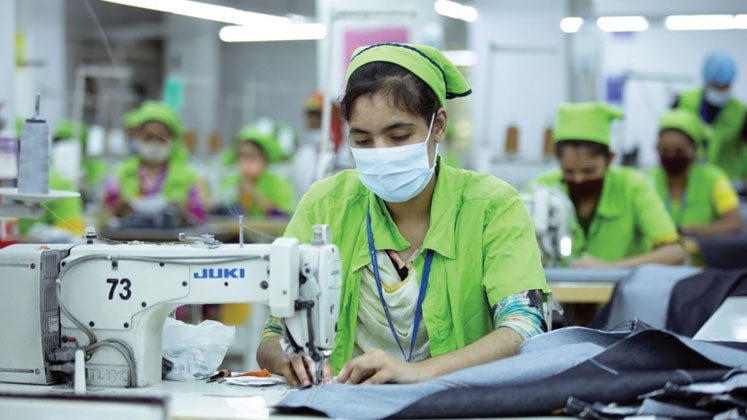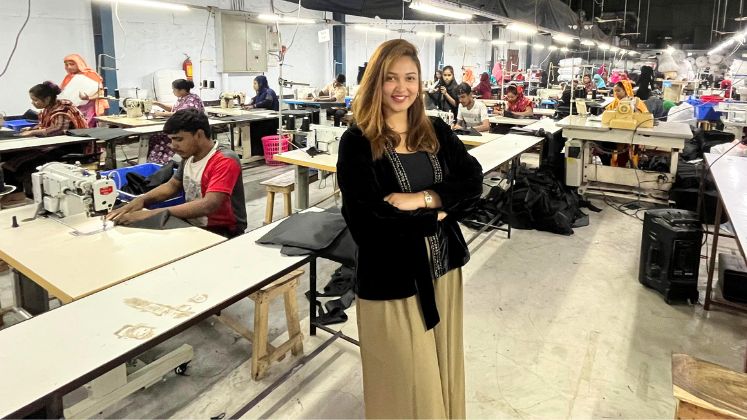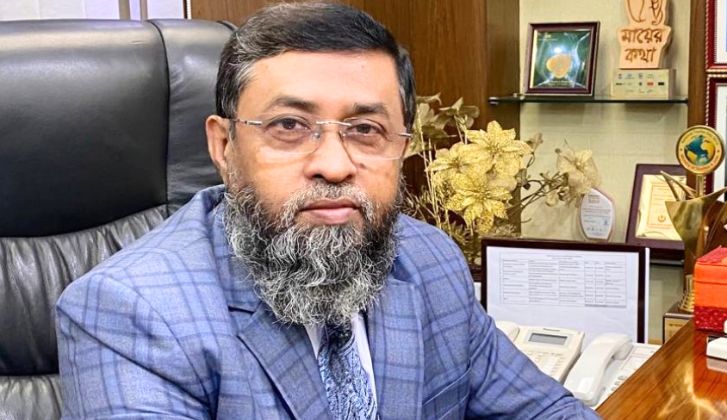
Bangladesh holds the distinction of being the second-largest global exporter of ready-to-wear (RMG) clothing, showcasing its remarkable manufacturing capacity, commitment to high-quality products, and drive for continuous expansion.
The RMG sector plays a pivotal role in the country’s economy, constituting over 83 per cent of its total exports, which amounted to an impressive value of more than US $ 33 billion in 2019. Additionally, this sector is responsible for contributing about 6 per cent of the world’s garment exports, highlighting its significance on the international stage.
The industry heavily depends on imported raw materials, particularly cotton fibre. In the fiscal year 2019-20, the country imported 17.85 million tonnes of raw cotton, whereas the imports for polyester and viscose staple fibre were 96,077 tonnes and 53,289 tonnes, respectively.
Approximately 4.2 million individuals are employed in Bangladesh’s garment industry, while the textile industry, known as a backward-linking sector, provides employment to about 5 million people.
The profitability of this industry is significantly influenced by minimising material wastage since material costs constitute a substantial portion of clothing production expenses. Nevertheless, there exists a lack of information and awareness concerning the extent of materials waste in the country’s textile and apparel industry production chain.
As per the findings of the Centre for Policy Dialogue in Bangladesh, despite efforts by the nation’s 4,500 active garment units to enhance efficiency and optimize textile usage, it is inevitable that there will still be a certain volume of waste generated throughout the production cycle. This includes waste generated during the creation of garment items, as well as during the processes of sewing and dyeing.






